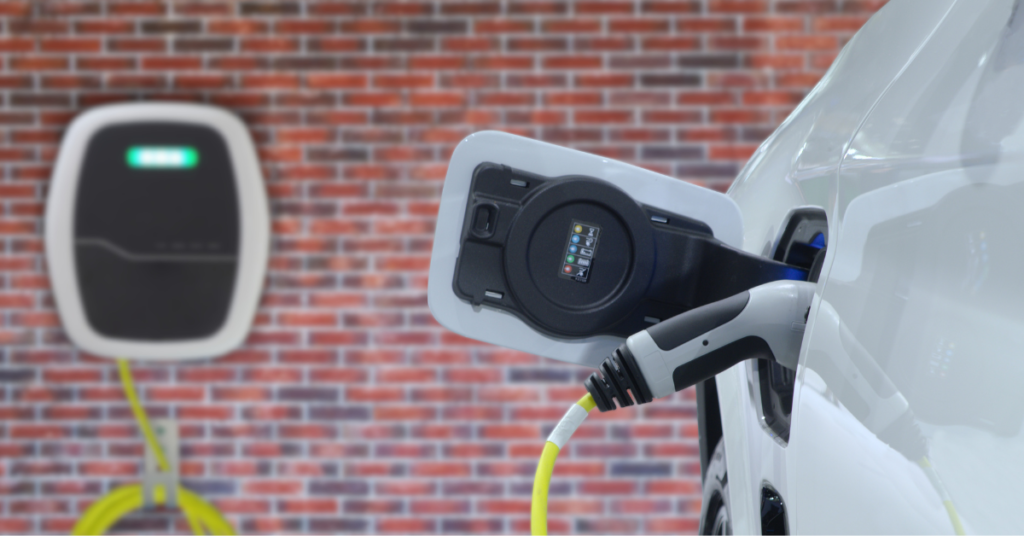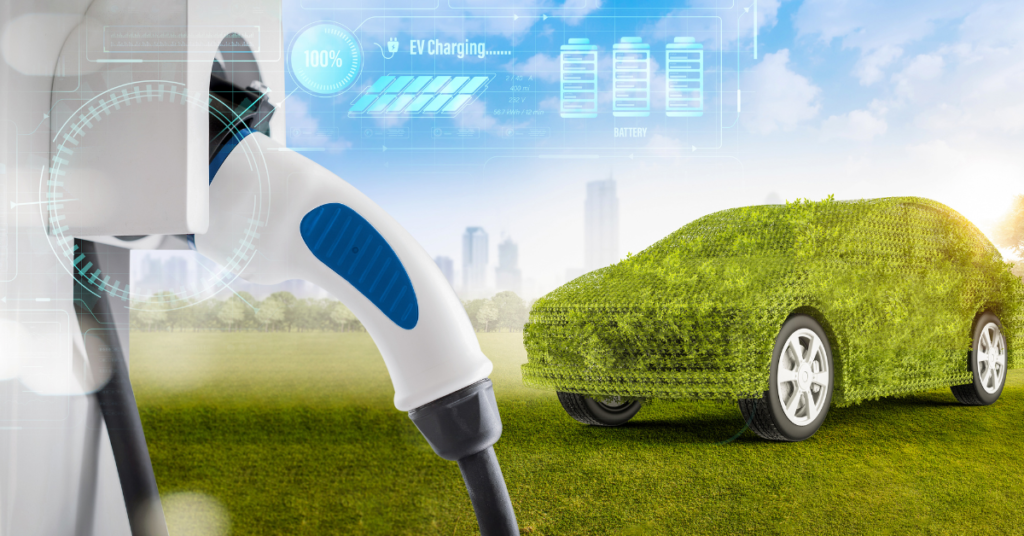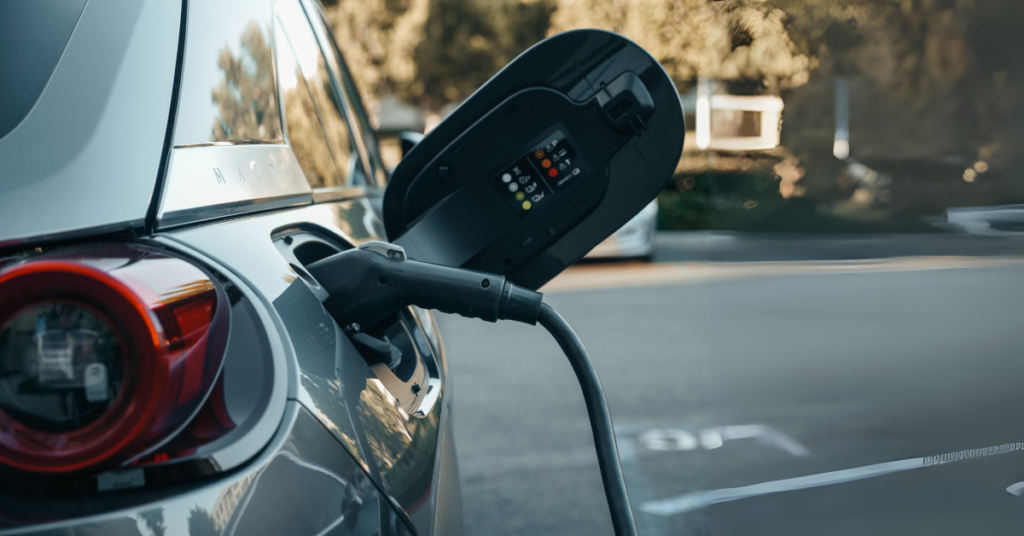With the rise of electric vehicles (EVs), EV charger installation has become a hot topic for homeowners, businesses, and property managers alike. As more people switch to sustainable transportation, the demand for convenient and efficient electric vehicle charging solutions is skyrocketing. Whether you’re looking to install a charger at home or set up a commercial charging station, this guide covers everything you need to know about EV charger installation, including costs, types, steps, and key considerations.
What Is EV Charger Installation?
EV charger installation refers to the process of setting up an electric vehicle charging station at a residential, commercial, or public location. These chargers, also known as Electric Vehicle Supply Equipment (EVSE), provide the power needed to recharge an EV’s battery. Unlike plugging into a standard outlet, a dedicated EV charging station offers faster, safer, and more efficient charging.
Why Install an EV Charger?
- Convenience: Charge your EV overnight at home or during work hours.
- Cost Savings: Home charging is often cheaper than public stations, especially with off-peak electricity rates.
- Sustainability: Supports the shift to cleaner energy and reduces reliance on fossil fuels.
- Property Value: Adds appeal for eco-conscious buyers or tenants.
Types of EV Chargers
Before diving into the installation process, it’s essential to understand the different types of EV chargers available. The type you choose will impact installation requirements, costs, and charging speed.
1. Level 1 Chargers
- Description: Uses a standard 120-volt household outlet.
- Charging Speed: Adds 3-5 miles of range per hour (slowest option).
- Best For: Light EV users or those with short commutes.
- Installation: Minimal—plug-and-play with no hardwiring needed.
2. Level 2 Chargers
- Description: Requires a 240-volt circuit (like a dryer or oven outlet).
- Charging Speed: Adds 20-60 miles of range per hour.
- Best For: Most homeowners and businesses.
- Installation: Requires professional electrical work for safety and efficiency.
3. DC Fast Chargers (Level 3)
- Description: High-voltage chargers (480+ volts) for rapid charging.
- Charging Speed: Charges to 80% in 20-40 minutes.
- Best For: Commercial properties or public stations.
- Installation: Complex and costly, requiring significant electrical upgrades.
How Much Does EV Charger Installation Cost?
The cost of EV charger installation varies based on several factors, including charger type, location, and electrical upgrades. Here’s a breakdown:
Cost Breakdown
- Level 1 Charger: $0-$200 (minimal installation, just the charger cost).
- Level 2 Charger: $500-$2,000 (including equipment and labor).
- DC Fast Charger: $10,000-$40,000+ (commercial-grade with extensive setup).
Additional Cost Factors
- Electrical Panel Upgrades: $1,000-$3,000 if your panel can’t handle the load.
- Permits: $50-$500, depending on local regulations.
- Labor: $300-$1,500 for professional electrician services.
- Distance from Panel: Longer wiring runs increase costs.
Pro Tip: Many regions offer rebates or tax incentives for EV charging station installation, reducing overall expenses. Check with your local utility provider or government websites.
Steps for EV Charger Installation
Installing an EV charger isn’t a DIY project for most people—it requires electrical expertise to ensure safety and compliance. Here’s how the process typically works:
1. Assess Your Needs
- Determine your EV’s charging requirements (check the manual).
- Decide between Level 1 or Level 2 based on driving habits.
2. Evaluate Your Electrical System
- Hire an electrician to inspect your panel’s capacity (e.g., 100-amp vs. 200-amp service).
- Check if upgrades are needed to support a 240-volt charger.
3. Choose a Charger
- Popular brands include Tesla Wall Connector, ChargePoint, JuiceBox, and ClipperCreek.
- Ensure compatibility with your EV model.
4. Obtain Permits
- Contact your local municipality for EV charger permits.
- Some areas require inspections post-installation.
5. Hire a Professional
- A licensed electrician will:
- Install a dedicated circuit.
- Mount the charger (wall or pedestal).
- Run conduit and wiring from the panel to the charger location.
6. Test and Activate
- Test the charger to confirm it works with your EV.
- Register the charger with the manufacturer or app (if applicable).
“To install an EV charger at home, start by assessing your electrical capacity, choosing a Level 2 charger, and hiring a licensed electrician for a safe setup.”
Key Considerations for EV Charger Installation
Location
- Home: Near the garage or driveway for easy access.
- Business: Visible, accessible spots with parking.
Electrical Capacity
- Older homes may need a panel upgrade to support Level 2 charging.
- Consult an electrician to avoid overloading circuits.
Weatherproofing
- Outdoor chargers need NEMA-rated enclosures (e.g., NEMA 3R or 4).
- Indoor setups are simpler but require ventilation.
Smart Features
- Look for Wi-Fi-enabled chargers to monitor usage, schedule charging, or integrate with solar systems.
Future-Proofing
- Install a higher-capacity circuit (e.g., 50-amp) to accommodate faster chargers later.
Benefits of Professional EV Charger Installation
While DIY installation might seem tempting, hiring a professional ensures:
- Safety: Proper grounding and wiring prevent electrical hazards.
- Compliance: Meets local codes and regulations.
- Warranty: Many charger warranties require professional installation.
Common Questions About EV Charger Installation
How Long Does Installation Take?
- Level 1: A few hours (plug-in setup).
- Level 2: 4-8 hours, depending on complexity.
- DC Fast Charger: Days or weeks for commercial projects.
Can I Install an EV Charger Myself?
- Only if you’re a qualified electrician. Otherwise, it’s risky and may void warranties or violate codes.
Do I Need a Permit?
- Yes, most areas require permits for Level 2 charger installation or higher.
Conclusion: Power Up with EV Charger Installation
As electric vehicles become mainstream, EV charger installation is a smart investment for convenience, savings, and sustainability. Whether you opt for a simple Level 1 charger or a robust Level 2 charging station, proper planning and professional installation are key to success. Ready to get started? Contact a local electrician, explore rebates, and join the EV revolution today!
Call to Action: Have questions about installing an EV charger? Share your thoughts or get personalized advice by reaching out to a certified installer near you!



